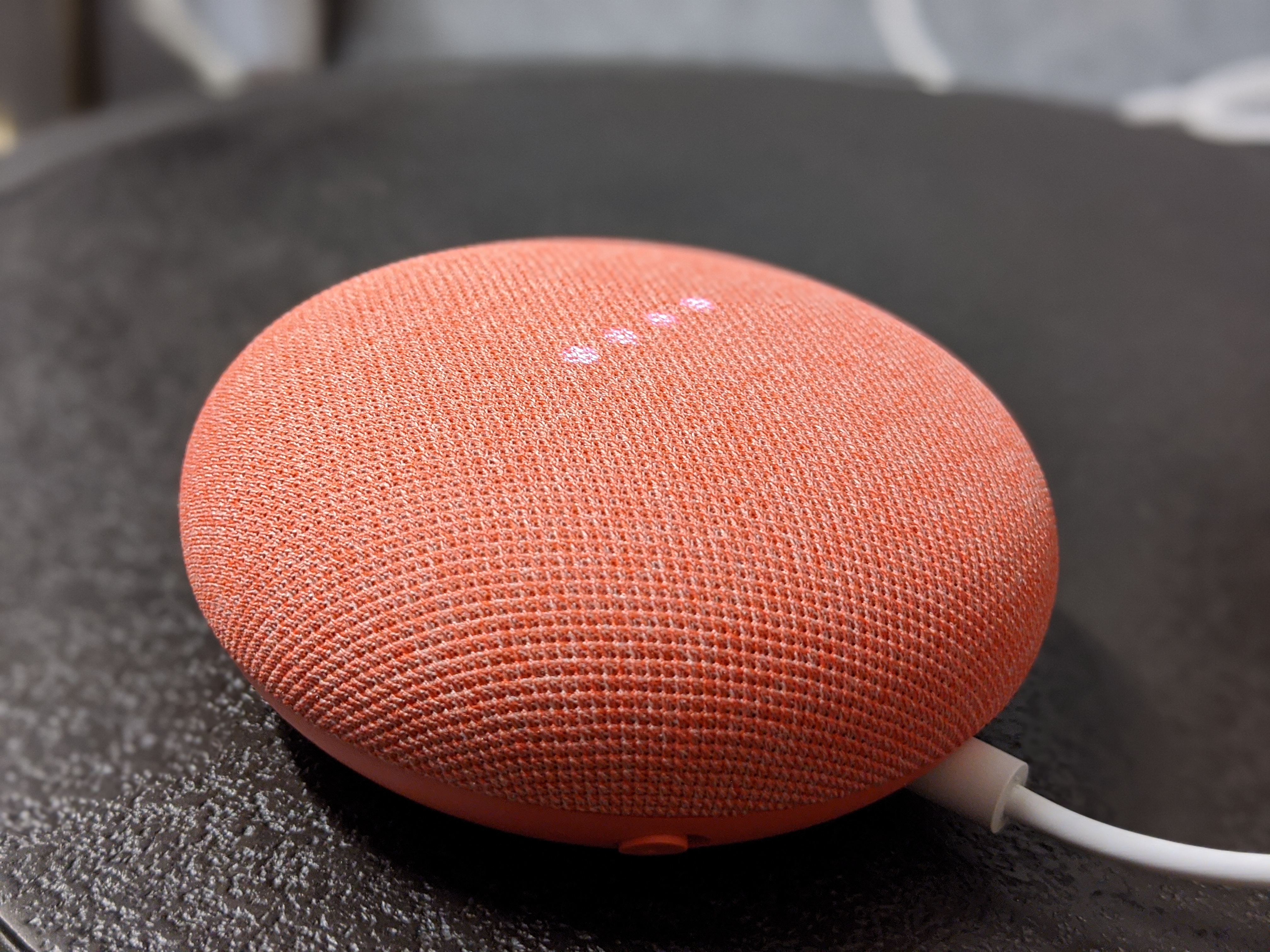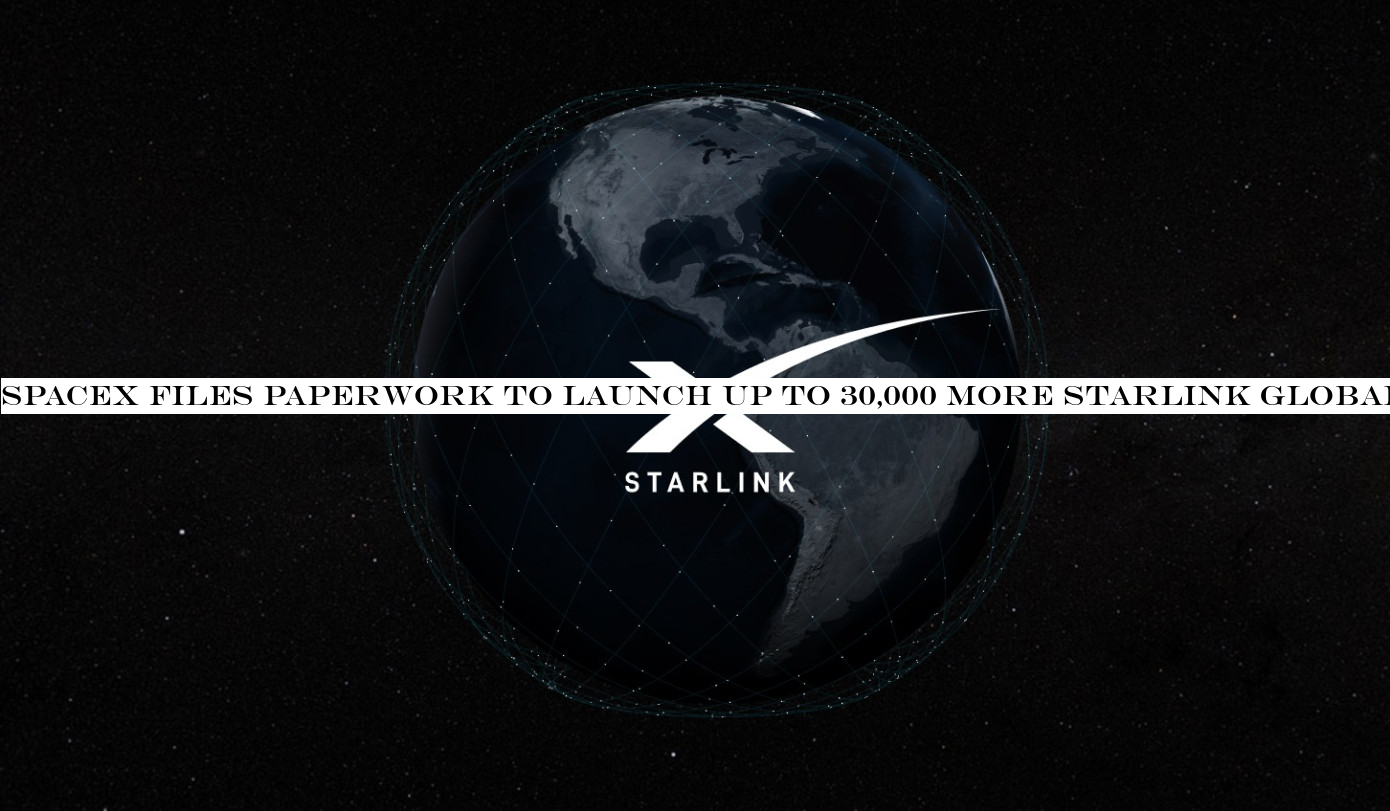Music
Trailers
DailyVideos
India
Pakistan
Afghanistan
Bangladesh
Srilanka
Nepal
Thailand
StockMarket
Business
Technology
Startup
Trending Videos
Coupons
Football
Search
Download App in Playstore
Download App
Best Collections
Technology

- Details
- Category: Technology
Read more: Mobile price war to kick off as Eir starts €10 service
Write comment (97 Comments)
- Details
- Category: Technology
Read more: NASA unveils new spacesuits for 2024 moon mission
Write comment (95 Comments)
- Details
- Category: Technology
Read more: Testosterone does boost women's running, study finds amid Semenya case
Write comment (93 Comments)
- Details
- Category: Technology
Read more: World of Warcraft's Visions of N&Zoth looks to bring the battle for Azeroth to an end
Write comment (91 Comments)Two years after the release of the Home Mini, Googleback with the sequel. Well, &sequel& might be a bit strong. The Nest Mini is more like one of those 1.5 movies they release on home video with a little extra footage than the theatrical release.
Thatnot a compliant, exactly. The truth is there are some improvements here, but honestly, Google didn&t really need to do much. The $49 Home Mini sold like hot cakes and is a big part of the companyrapid growth in the smart home space.

It was a low barrier of entry for those who were curious, but perhaps not fully on-board. And, like the Echo Dot before, itbeen an inexpensive way to outfit an entire home with smart speaker functionality.
Google has smartly kept the price the same with the Nest Mini. The device may not be a loss leader, exactly, but itthe easiest and cheapest way of hooking users into the Assistant ecosystem — one that will theoretically lead to more smart home purchases, and, perhaps mobile device decisions.
The Nest is nearly identical to its predecessor. That, too, is fine. Itsimple and with a choice of four pastel colors (Chalk, Charcoal, Coral and Sky), it should fit most interior designs reasonably well. Bonus points for the new fabric covering, which is made entirely from recycled plastic bottles. Google says one half-liter bottle will cover two Minis. Interestingly the new cloth doesn&t negatively impact the sound.

Speaking of, thatthe biggest upgrade on-board. Sound has been improved over the original with a louder max volume and twice the bass. I&ve been listening to music at home on the new device, and while it gets pretty loud, I can&t recommend it as a standalone speaker. There are much better options for that. It serves Assistant and voice playback pretty well, but it gets a bit distorted at louder volumes.
I do quite like the music playback controls, however. Tap the center to play or pause music and either side to increase and decrease volume. When your hand approaches the speaker, two dots will illuminate on the edges to show you where to touch. Paired in stereo mode with another, better speaker (like, say, the Home Max) and it serves as a cool little touch control. The recent addition of stream transfer, meanwhile, makes it easier to keep listening to music as you change rooms.
Another interesting tidbit that didn&t get a lot of mention at todayevent is dynamic volume adjustment, which adjusts the sound based on background noise. Itsimilar to the feature the company teased with todayPixel Buds reveal and could come in handy if you happen to live or work in a loud environment. Take that, neighbors.

The new Mini presents one of the more compelling use cases I&ve seen for Duo thus far (and honestly, I haven&t seen a ton). You can use the device as a kind of speakerphone with the app. I can certainly see this coming in handy for things like work calls at home. If you&ve got a big home, you can also use it as an intercom to communicate with other Home/Nest devices.
One other bit worth mentioning is the smart addition of a wall mount on the bottom of the device. Itsomething small, but handy. Using a nail or thumbtack (well, probably just a nail, given the size/weight), you can now hang the Mini on a wall. Apparently this was a pretty heavily requested feature for those with limited shelf space. I could certainly imagine sticking it in my kitchen, where counter space is at an extreme premium — though dealing with the cord is another question entirely.
The Nest Mini arrives on retail shelves and walls October 22.

- Details
- Category: Technology
Read more: Google Nest Mini hands-on
Write comment (90 Comments)
SpaceX has filed documents with the International Telecommunication Union, which governs international use of global bandwidth, to launch up to 30,000 more satellites for its Starlink global broadband constellation, SpaceNews reports. Thaton top of the 12,000 it already has permission to launch. Why so many? SpaceX says that itabout ensuring its network can meet anticipated demand &responsibly.&
&As demand escalates for fast, reliable internet around the world, especially for those where connectivity is non-existent, too expensive or unreliable, SpaceX is taking steps to responsibly scale Starlinktotal network capacity and data density to meet the growth in users& anticipated needs,& wrote a SpaceX spokesperson in an emailed statement to TechCrunch.
The ITU filing doesn&t mean SpaceX is launching 30,000 satellites tomorrow: In fact, the company is looking to launch likely only a few hundred in the coming year. But SpaceX is anticipating big increases in the demand for low-latency and high-capacity broadband globally, and its initial deployment plans only cover a fraction of that demand. Plus, given the increased interest in providing communications from orbit, therebound to be a growing rush on spectrum over the next few years.
Starlink will originally set out to provide service in the northern U.S., as well as parts of Canada, beginning as early as next year when the network goes live. The plan is to then scale the network to global coverage over the course of around 24 launches of Starlink satellites. Itbetting that it&ll need to scale by adding on nodes opportunistically to address demand, especially because most current coverage demand models don&t take into account regions that are getting broadband access for the first time.
SpaceX is also priming Starlink for high-traffic operation (though the total constellation won&t all be operating in the same orbital region, it&ll still be a considerable addition to the orbital population relative to the roughly 8,000 objects that have been launched to space to date — in total). The measures SpaceX is taking to deal with traffic include building in automated collision avoidance systems, structure de-orbiting plans, information sharing about orbital routes for their satellites and more, and the company says itmeeting or exceeding the industry standards that have been established thus far around this.
To address the concerns of astronomers, SpaceX is also turning the base or Earth-facing portion of all future Starlink satellites back, which should help address concerns of space watchers who are concerned about the impact that large constellations will have on stellar observation and research. The company will also take steps to adjust satellite orbits where itshown that its constellation is impeding serious scientific pursuit.
Starlink launched its first 60 satellites back in May, and the plan is that each roughly 500-lb satellite will work in tandem with the others to communicate with ground stations that end users will then be able to connect to in order to get a broadband network signal.
- Details
- Category: Technology
Read more: SpaceX files paperwork to launch up to 30,000 more Starlink global internet satellites
Write comment (96 Comments)Page 619 of 5614

 6
6





